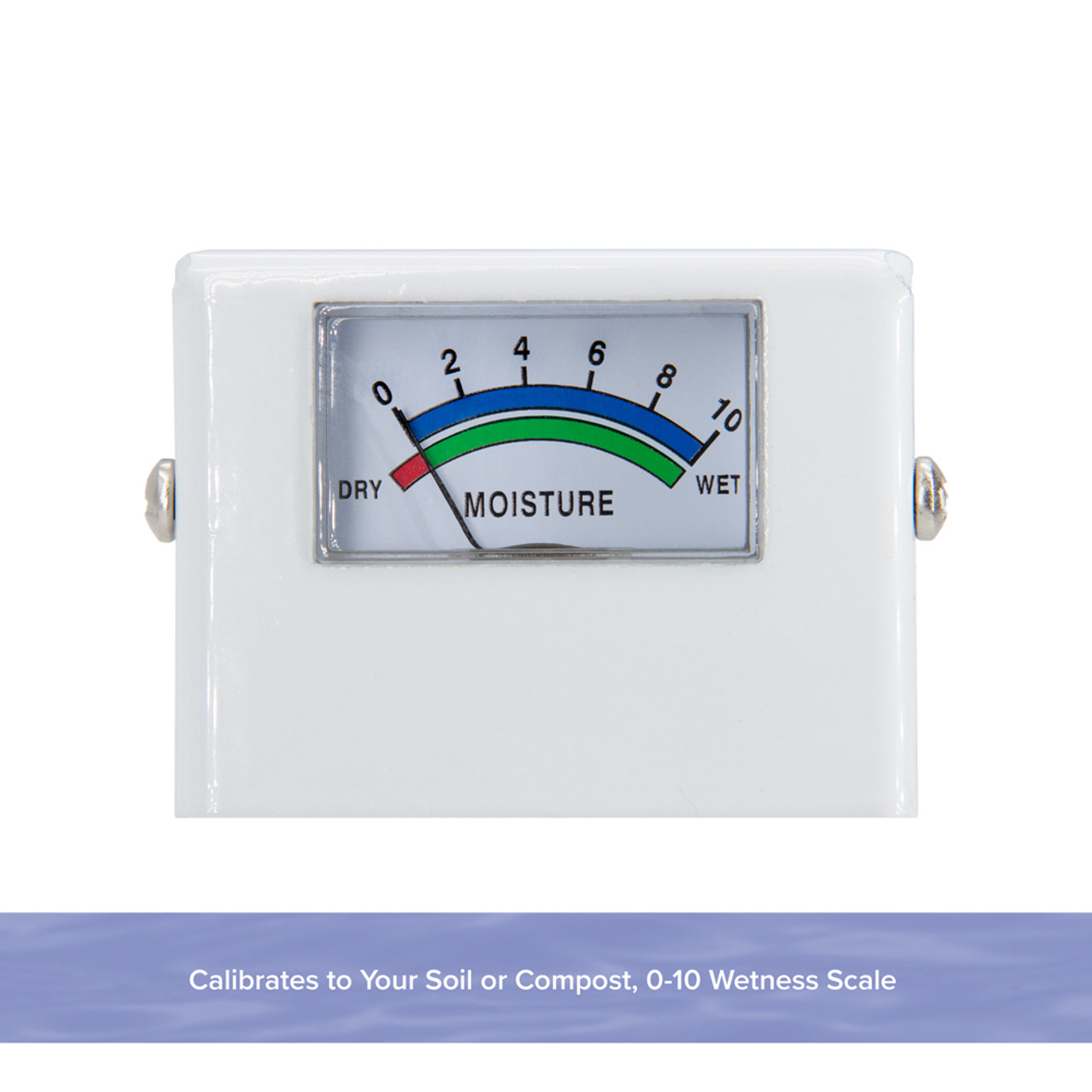Exactly How a Moisture Meter Can Help You Keep Ideal Conditions in your house or Office
Exactly How a Moisture Meter Can Help You Keep Ideal Conditions in your house or Office
Blog Article
The Ultimate Overview to Wetness Meters: A Comprehensive Summary and Exactly How They Can Conserve You Cash
Dampness meters offer as vital devices in detecting and keeping track of moisture material in products, helping in avoiding costly problems and guaranteeing the top quality of products. Comprehending the subtleties of different types of dampness meters, their applications, and the prospective cost-saving advantages they offer can be a game-changer for companies and professionals alike.
Kinds Of Moisture Meters
Different sorts of moisture meters are offered for different applications in various markets. One typical type is the pin-type moisture meter, which gauges the electrical resistance in between two pins inserted into a product. This type appropriates for timber, drywall, and other structure materials. Pinless moisture meters, on the other hand, usage electro-magnetic sensing unit plates to scan a larger location without triggering damages to the material's surface area. Moisture Meter. These meters are suitable for quickly analyzing wetness degrees in huge areas such as floorings and walls.

In addition, there are also specialized dampness meters created for specific products like grain, dirt, or hay. These meters offer exact moisture analyses customized to the distinct buildings of the material being examined. Infrared dampness meters determine the thermal homes of a product to establish its dampness material non-invasively, making them valuable for applications where pin or pinless meters may not appropriate. Understanding the different types of wetness meters available can aid markets select the most appropriate device for their specific moisture measurement needs.

Benefits of Using Wetness Meters
Dampness meters supply very useful benefits in accurately examining and monitoring moisture levels in varied materials and settings. One of the primary advantages of using dampness meters is the avoidance of possible damages caused by excess wetness.
Additionally, making use of wetness meters can bring about increased energy efficiency. By identifying areas with high wetness degrees, such as leaks or bad insulation, modifications can be made to improve power preservation and reduce energy costs. In agricultural settings, moisture meters play an essential function in maximizing crop yields by allowing farmers to check soil moisture levels and make notified irrigation decisions. In general, the benefits of utilizing dampness meters cover throughout numerous sectors, giving cost-effective solutions and advertising far better quality assurance methods.
Exactly How to Select the Right Dampness Meter
Picking the appropriate wetness meter involves taking into consideration essential factors such as material compatibility, measurement array, and calibration accuracy. When selecting a moisture meter, it's necessary to make certain that the meter is ideal for the details material you will certainly be screening. Different materials have varying electrical residential or commercial properties that can influence wetness analyses, so selecting a meter made for your material is important for exact outcomes. Furthermore, take into consideration the measurement variety of the wetness meter. Guarantee that this link the meter can discover wetness levels within the variety needed for your applications. Calibration precision is an additional critical variable to remember. Select a wetness meter with trustworthy calibration to guarantee regular and precise analyses. Some meters might call for periodic calibration modifications, so recognizing the calibration procedure is crucial. By thoroughly assessing these factors, you can pick a dampness meter that fulfills your requirements and supplies exact dampness dimensions for your jobs.
Appropriate Methods for Dampness Meter Use

Expense Savings Through Wetness Meter Applications
Just how can the calculated use of wetness meters cause significant price savings throughout numerous markets? Wetness meters play a vital duty in price financial savings by avoiding prospective damages and ensuring quality assurance in different fields. In the agriculture market, moisture meters help in identifying the ideal time for gathering crops, avoiding excess or over-drying dampness that can impact the end product's quality. This specific tracking helps farmers avoid unneeded losses and maximize their yield.
Similarly, in building and construction, moisture meters aid avoid costly problems by finding dampness degrees in structure materials, such as timber or concrete, which can cause architectural issues if not addressed immediately. By identifying issue areas at an early stage, service providers can take rehabilitative measures to prevent substantial repair work or substitutes, ultimately conserving money and time.
Additionally, in the food processing industry, moisture meters are important for checking product quality and making certain conformity with safety regulations. By precisely measuring dampness content in food, manufacturers can protect against wasting, maintain freshness, and reduce waste, leading to considerable expense financial savings. Overall, the tactical application of dampness meters is a useful financial investment that can result in considerable cost reductions and boosted efficiency across different markets.
Final Thought
In final thought, dampness meters are important devices for spotting and determining moisture degrees in various products. By utilizing the ideal moisture meter and complying with proper strategies, individuals can efficiently avoid costly problems caused by excess wetness.
Moisture meters offer as indispensable devices in detecting and checking moisture content in products, helping in avoiding expensive damages and ensuring the quality of items. Infrared wetness meters measure the thermal residential properties of a material to establish its dampness web content non-invasively, making them beneficial for applications where pin or pinless meters might not be suitable.Moisture meters offer vital advantages in accurately monitoring and examining moisture degrees in diverse products and atmospheres. In agricultural setups, wetness meters play a crucial duty in maximizing crop returns by making it possible for farmers to keep an eye on dirt wetness levels and make educated irrigation decisions.In verdict, dampness meters are beneficial devices for measuring and detecting moisture Go Here degrees in various products.
Report this page